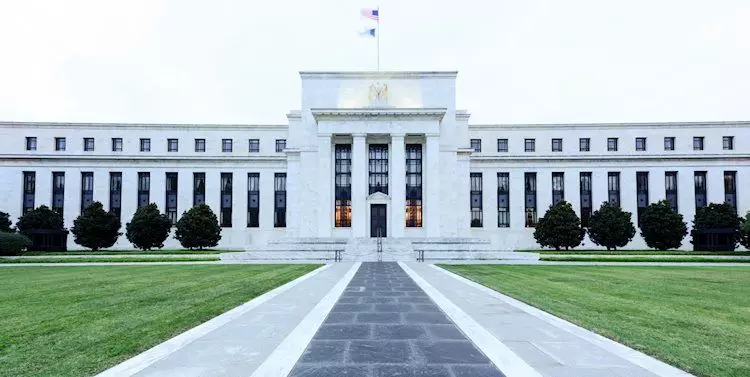In the intricate world of economic policy, the Federal Reserve (Fed) faces a daunting challenge characterized by persistently high inflation rates. Recently, a statement from the President of the Federal Reserve Bank of St. Louis, Alberto Musalem, underscored the impact of “sticky” inflation, complicating the Fed’s ability to ease interest rates. The potential implications for the economy, particularly in regard to labor markets and the overall economic landscape, warrant a closer examination.
The Current State of Inflation and Employment
Despite the Fed’s ongoing struggle with inflation, which hovers above the target rate of 2%, Musalem’s comments reveal an undercurrent of optimism regarding the labor market. While inflation continues to pose challenges, the employment situation showcases resilience. Job growth and stability in the labor sector remain relatively unaffected by inflationary pressures, suggesting that the workforce is not currently in jeopardy, despite risks of increased layoffs.
Musalem highlighted that while the risks related to rising inflation may have increased, the overall job market remains stable, with signs of improvement in certain sectors. The outlook for core inflation measures, such as the Core Consumer Price Index, indicates that the Fed still has a significant mountain to climb towards achieving price stability.
Interestingly, the business landscape presents a mixed picture. Musalem pointed out that while a broad base of economic growth is supported by consumption, income growth, productivity, and favorable financial conditions, smaller businesses and those in the consumer discretionary space are experiencing slower earnings advancement. This disparity suggests that while certain sectors are thriving, underlying vulnerabilities may emerge if larger economic trends do not soon stabilize.
Furthermore, robust productivity gains could signify a structural shift, yet their sustainability remains uncertain. This uncertainty introduces a layer of complexity into the economic outlook—can these productivity gains withstand external pressures, or will the continued inflation dampen growth prospects in the long run?
Amidst these challenges, the Fed has adopted a cautious tone, emphasizing the need for a restricted monetary policy while inflation is still above the desired threshold. However, the door remains open for potential easing of rates if inflation continues on a downward trajectory. Musalem emphasizes a patient approach, which reflects a broader strategy to judiciously evaluate new data before making any hasty decisions regarding interest rate adjustments.
This careful calibration suggests that, despite the intention to maintain a restrictive stance, the Fed is poised to adapt in response to economic shifts. Without a doubt, the wider implications of these policies will not only influence inflation rates but also the overall economic environment going into 2024.
As the Federal Reserve navigates the complexities of today’s economic landscape, the intertwining factors of inflation and employment will weigh heavily on decision-making processes. The cautious optimism expressed by Musalem indicates a belief in the resilience of key economic structures, but the looming threats of rising inflation and business sector disparities demand a vigilant and flexible approach. In this dynamic environment, the Fed’s ability to adapt will be vital in steering the economy toward a stable and prosperous future.

